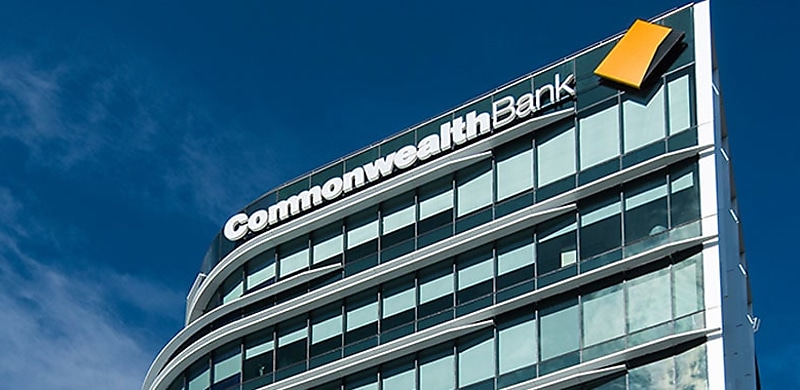
Vehicle and equipment financing has had a significant uptick among SMEs, the major bank has said.
Commonwealth Bank of Australia’s (CBA) business banking arm has revealed new data showing an increase in equipment and vehicle financing for small- to medium-sized enterprises (SMEs) in the past nine months.
The research was based on CBA’s asset finance lending data from July 2023 to March 2024, which noted a 22 per cent increase in equipment and vehicle lending from all businesses compared to the same period in the previous year.
CBA’s research revealed that the number of businesses financing environmentally friendly assets has also grown. The major bank revealed that electronic vehicle financing by SMEs had increased by 346 per cent.
Electronic vehicle lending across all of CBA’s business lending increased 325 per cent compared to the same prior period. Hybrid motor vehicle lending also increased 120 per cent at CBA in the past nine months.
Among manufacturers, CBA said that there was a 24 per cent increase in funding for industrial and manufacturing equipment (including forklifts, scissor lifts, and manufacturing lines). The major bank said that the trend was particularly prevalent in regional businesses, with a 42 per cent increase this period compared to the same period the previous year.
The bank said that regional funding was led by purchases including silos, packing and cutting machines, and moulding machines.
The data follows non-bank lender Banjo Loans’ 2024 SME Compass report, which surveyed more than 1,000 SMEs, which revealed 53 per cent of SMEs expected to purchase new equipment or assets in 2024.
Non-bank Pepper Money also expected an increase in equipment finance demand this year, as the lender’s general manager of asset finance Ken Spellacy said that the “impact of the tax write-off scheme will come into play”.
Grant Cairns, CBA’s executive general manager of business lending, said that the increase in lending reflected post-pandemic business growth.
Cairns said: “Business confidence remains strong despite economic headwinds from higher rates and inflation, and we are seeing growing investment in assets across agriculture and manufacturing, supported by an improved supply chain landscape in a post-Covid world.”
CBA’s executive also said the data showed that businesses were “evolving their models to invest in energy efficiency improvements”.
Cairns said: “Companies are also stepping up investment in the energy transition, with more businesses looking to improve their energy efficiency through equipment upgrades or the increased adoption of electrified transportation and replacement fleets.
“Part of this shift is driven by customers taking advantage of government rebates and subsidies and looking at longer term actions to reduce costs and demonstrate returns on investment.”
Brokers are well placed to support SMEs with asset and equipment finance opportunities, according to ScotPac CEO Jon Sutton, as brokers can help their SME clients gain the most from the financial year 2024 write-off.
[Related: Back in business: How has equipment finance fared?]
 Login
Login










JOIN THE DISCUSSION